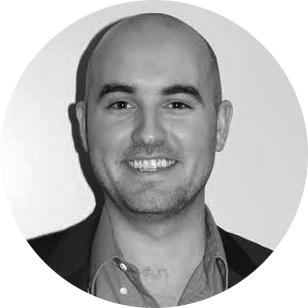11 movies with insanely long gaps between sequels
The Best Man Holiday is hitting theaters 14 years after the 1999 original — but it's not the only movie to take a long break before continuing the story
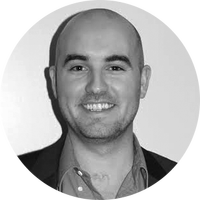
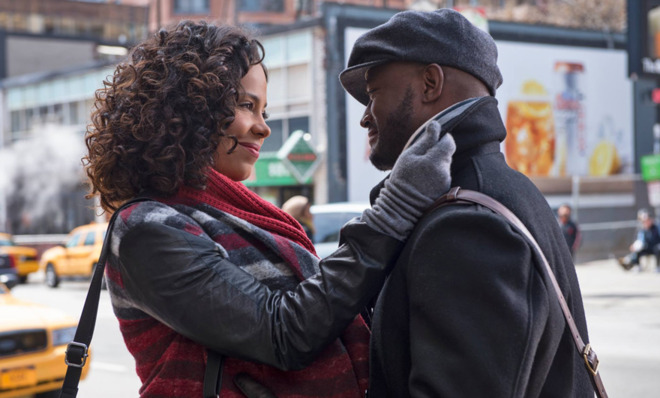
In Hollywood's modern, franchise-happy climate, it's rare that any successful film isn't instantly greenlit for a sequel, which makes this week's The Best Man Holiday quite an outlier. The film is a sequel to 1999's The Best Man — a solid hit that racked up $34 million on a meager $9 million budget.
But while 14 years is a long gap between a film and its sequel, there are plenty of other films that have let even more time pass before continuing the story. Here, we break down 11:
1. The Best Man (1999) to The Best Man Holiday (2013)
The Week
Escape your echo chamber. Get the facts behind the news, plus analysis from multiple perspectives.

Sign up for The Week's Free Newsletters
From our morning news briefing to a weekly Good News Newsletter, get the best of The Week delivered directly to your inbox.
From our morning news briefing to a weekly Good News Newsletter, get the best of The Week delivered directly to your inbox.
14 years

What is it?
Fifteen years after the events of The Best Man, the same group of college friends reunites to spend the holidays together.
Why did it take so long?
A free daily email with the biggest news stories of the day – and the best features from TheWeek.com
"Times change. Friendship doesn't," says the tagline for The Best Man Holiday. And as far as long-delayed sequels go, The Best Man Holiday is actually a smart, logical, and refreshingly nonshameless continuation of the story from The Best Man. Writer-director Malcolm Lee managed to reassemble the entire cast from the 1999 original, and The Best Man Holiday cleverly works the 15-year gap between the two films into its narrative, presenting its story as a kind of reunion between friends who regret having fallen out of one another's lives.
2. Escape From New York (1981) to Escape From L.A. (1996)
15 years

What is it?
Sixteen years after escaping a dystopian New York City, Snake Plissken is thrown into another city turned prison: Los Angeles, which has become an island off the coast of the United States after a cataclysmic earthquake and flood.
Why did it take so long?
It wasn't supposed to. When Escape From New York proved to be a hit, a script for a sequel was quickly commissioned. But various problems left Escape From L.A. mired in development until the early 1990s, when director John Carpenter and star Kurt Russell were able to get the film up and running. Unfortunately, the buzz had long since faded; Escape From L.A. flopped, scrapping early plans for another sequel tentatively titled Escape From Earth. At this point, a Russell-less remake of Escape From New York is far more likely; over the years, names like Gerard Butler, Jeremy Renner, Jason Statham, and Tom Hardy have been thrown out there to take over the role of Snake Plissken.
3. The Godfather Part II (1974) to The Godfather Part III (1990)
16 years
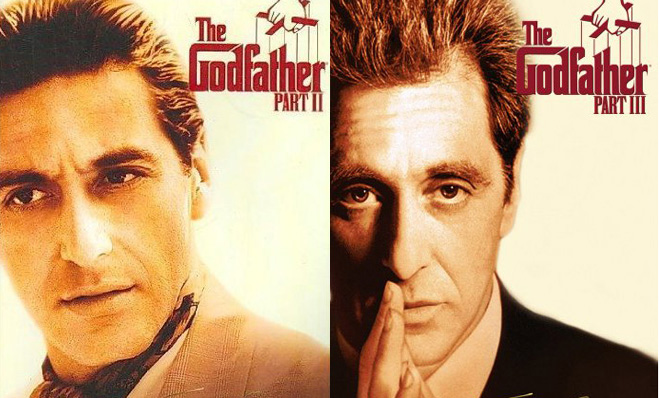
What is it?
Nineteen years after the events of The Godfather Part II, an older and wiser Michael Corleone tries to make amends for the sins of his past, as he attempts to leave organized crime behind for good.
Why did it take so long?
Despite a standing offer from Paramount, Francis Ford Coppola resisted making a third Godfather movie for years, until a relatively fallow period in his career finally led him to return to the franchise. Expectations were high, but Coppola did his best to minimize them. He and writer Mario Puzo tried to play the new movie off as a mere "epilogue" to the first two Godfather entries by calling the film The Death of Michael Corleone, but Paramount insisted on The Godfather Part III instead. Though Part III ended up earning an Oscar nomination for Best Picture, reviews were mixed at the time, and the film has since been deemed a major disappointment by both fans and critics.
4. Indiana Jones and the Last Crusade (1989) to Indiana Jones and the Kingdom of the Crystal Skull (2008)
19 years

What is it?
Nineteen years after the events of Indiana Jones and the Last Crusade, the famed explorer goes on a quest that pits him against both Russians and aliens during the height of the Cold War in 1957.
Why did it take so long?
After The Last Crusade, producer George Lucas took the series to television with The Young Indiana Jones Chronicles, which explored the character's adventures in the years before the film trilogy. Starting in the early 1990s, Lucas started kicking around the idea of a new Indiana Jones movie with aliens, as a kind of homage to the B-movies of the 1950s. After a number of false starts by writers like M. Night Shyamalan and Frank Darabont, Lucas finally wrote a draft himself. When it finally hit theaters, Crystal Skull was greeted with a fairly lukewarm reception that has only gotten more negative in the years since its release. But there's still time for the franchise to find redemption, since Ford has repeatedly express interested in a fifth movie — as long as it doesn't take another 20 years.
5. Psycho (1960) to Psycho 2 (1983)
23 years

What is it?
Twenty-two years after he was institutionalized at the end of Psycho, Norman Bates is released back into society, where he reopens the Bates Motel.
Why did it take so long?
Alfred Hitchcock never filmed a sequel, but the massive success of Psycho made it all but guaranteed that someone would eventually take a crack at it. Robert Bloch, who wrote the novel on which Psycho was based, published his own literary sequel in 1982, which brought the source material back into the public consciousness. But Universal balked at the book, which came with a heavy-handed dose of Hollywood satire, and decided to ignore it in favor of a more conventional slasher story by Tom Holland, who later went on to write and direct the first entry in the Child's Play series. All things considered, Psycho II was reasonably well received — but its success led to Psycho III and Psycho IV: The Beginning, which earned considerably more disdain.
6. Wall Street (1987) to Wall Street 2: Money Never Sleeps (2010)
23 years

What is it?
After spending eight years in prison for insider trading, Gordon Gekko — who has publicly renounced his "greed is good" mentality — mentors an up-and-coming young trader.
Why did it take so long?
The original Wall Street remained a cultural touchstone in a way director Oliver Stone never intended: Michael Douglas's ruthless, self-interested villain became a figure of hero worship for hundreds of young traders who embraced his "greed is good" mantra and the glamorous lifestyle it came with. Money Never Sleeps offered the chance to see how the character's philosophy had evolved in the context of modern finance — particularly in the wake of the Bernie Madoff trial, which screenwriter Allan Loeb had followed closely. Money Never Sleeps was a modest success, though Gekko's plaintive "Is greed good?" hasn't exactly sunk into the pop-culture consciousness the way that his original speech did.
7. The Hustler (1961) to The Color of Money (1986)
25 years

What is it?
Twenty-odd years after the events of The Hustler, retired pool shark Eddie Felson takes a rising young hustler under his wing.
Why did it take so long?
The Hustler is an acknowledged classic, with nine Oscar nominations and two wins — but it doesn't exactly scream "sequel." Author Walter Tevis — who wrote the 1959 novel on which The Hustler was based — released a sequel in 1984, renewing interest and sparking a Martin Scorsese–helmed adaptation. In this case, the extended time lapse between movies was convenient; Paul Newman, who starred in The Hustler, had aged enough that he could play a mentor to Tom Cruise's Vincent Lauria (though The Color of Money is also distant enough from The Hustler to work as a standalone film). The Color of Money proved as popular as the original was 25 years earlier, and Newman netted a Best Actor Oscar for reprising the role.
8. Tron (1982) to Tron: Legacy (2010)
28 years

What is it?
Twenty years after the mysterious disappearance of his father, young tech whiz Sam Flynn gets sucked into the same computerized world where his father has spent most of his life.
Why did it take so long?
The original Tron was a commercial disappointment, but the vocal cult that grew around Tron in the decades that followed — along with the success of a videogame sequel called Tron 2.0 in 2002 — led Disney to pursue a sequel. After test footage got an enormously positive response at Comic-Con in 2008, Disney rolled the dice on a $170 million movie that would serve as both a sequel and the possible start of a new franchise. Both Bruce Boxleitner and Jeff Bridges reprised their roles from the original, and state-of-the-art computer technology was used to re-create Bridges's likeness from the first Tron in flashback scenes. Tron: Legacy wasn't a runaway hit, but it was a big-enough success that another sequel is reportedly in development, with most of the cast expected to return.
9. The Maltese Falcon (1941) to The Black Bird (1975)
34 years
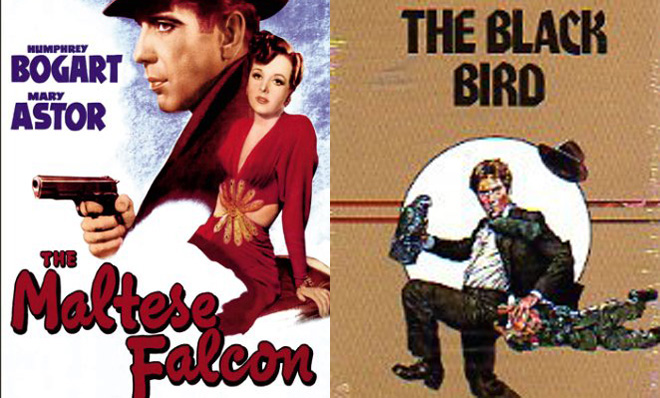
What is it?
Thirty years after the events of The Maltese Falcon, detective Sam Spade's son Sam Jr. is charged with protecting the titular bird statue from a series of greedy pursuers.
Why did it take so long?
Because a Maltese Falcon sequel is a terrible idea. The Black Bird came together because producer Ray Stark had the rights to the story and wanted to do something with them. Screenwriter David Giler pitched the idea of a comedy sequel, and the resulting project is a bizarre mess, with a series of raunchy puns and a villainous Nazi dwarf. But despite its flaws, The Black Bird does continue the story from The Maltese Falcon, with Lee Patrick and Elisha Cook Jr. returning as Effie Perrine and Wilmer Cook. Humphrey Bogart, Peter Lorre, and Sydney Greenstreet were all long dead by the time The Black Bird entered production, but it's hard to imagine they'd have signed up for it anyway.
10. The Wizard of Oz (1939) to Journey Back to Oz (1974)
35 years
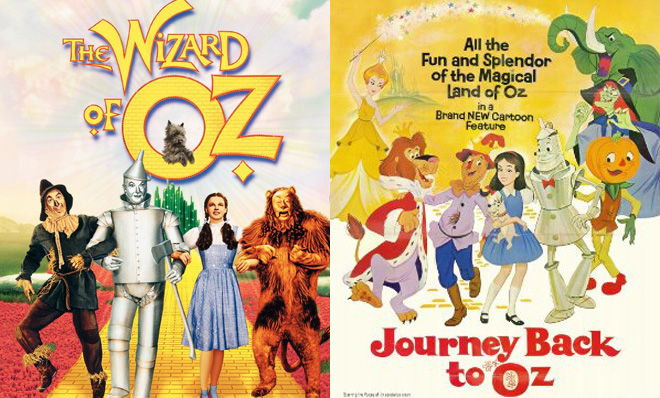
What is it?
At some indefinite point after The Wizard of Oz, Dorothy Gale encounters another tornado that sends her (and her little dog) back to Oz.
Why did it take so long?
There are many books in L. Frank Baum's Oz series, but the 1939 film looms so large in the minds of moviegoers that it took a long time for any studio to dare resurrect the material. The first was Filmation's animated Journey Back to Oz, which cast Liza Minnelli as Dorothy in place of her late mother, Judy Garland. The film's troubled production actually began in 1962, but it took a full decade to reach theaters, where it was met with indifferent shrugs. The 1985 live-action Wizard of Oz sequel Return to Oz didn't fare much better, and the Oz series was largely put to bed — though the recent success of prequels Wicked and The Great & Powerful Oz have led to a renewed interest in the franchise.
11. Peter Pan (1953) to Return to Never Land (2002)
49 years
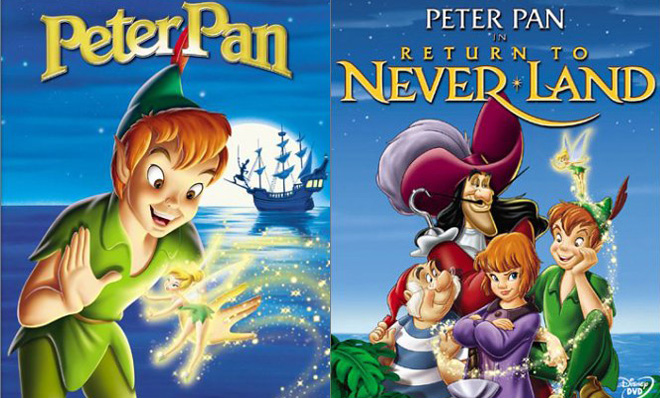
What is it?
Peter Pan protagonist Wendy Darling has grown into a woman with her own headstrong daughter, Jane. But when Captain Hook mistakes Jane for Wendy and carries her off to Never Land, eternal child Peter Pan reunites with the family.
Why did it take so long?
For decades, Disney avoided making any sequels to its beloved animated films. But the success of the Aladdin sequel The Return of Jafar opened the floodgates for a wide range of cheap, poorly conceived cash-ins. Most, like Cinderella II: Dreams Come True and Bambi II, went direct-to-video, but Disney inexplicably deemed Return to Never Land worthy of a theatrical release. They shouldn't have, but it does give them the dubious honor of the longest gap ever between a film and its sequel.
Scott Meslow is the entertainment editor for TheWeek.com. He has written about film and television at publications including The Atlantic, POLITICO Magazine, and Vulture.
-
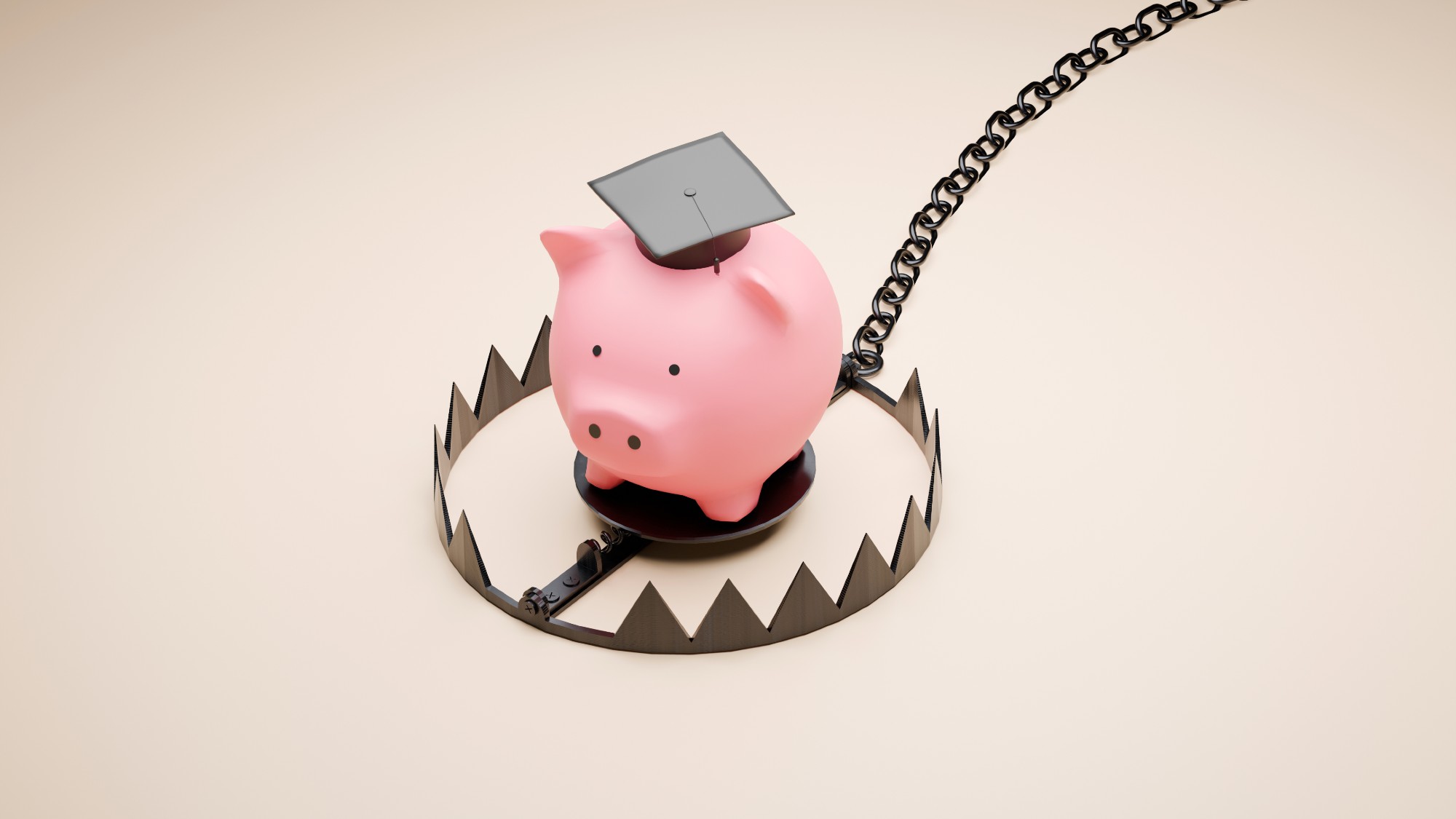 Do you have to pay taxes on student loan forgiveness?
Do you have to pay taxes on student loan forgiveness?The Explainer As of 2026, some loan borrowers may face a sizable tax bill
-
 Planning a move? Here are the steps to take next.
Planning a move? Here are the steps to take next.the explainer Stay organized and on budget
-
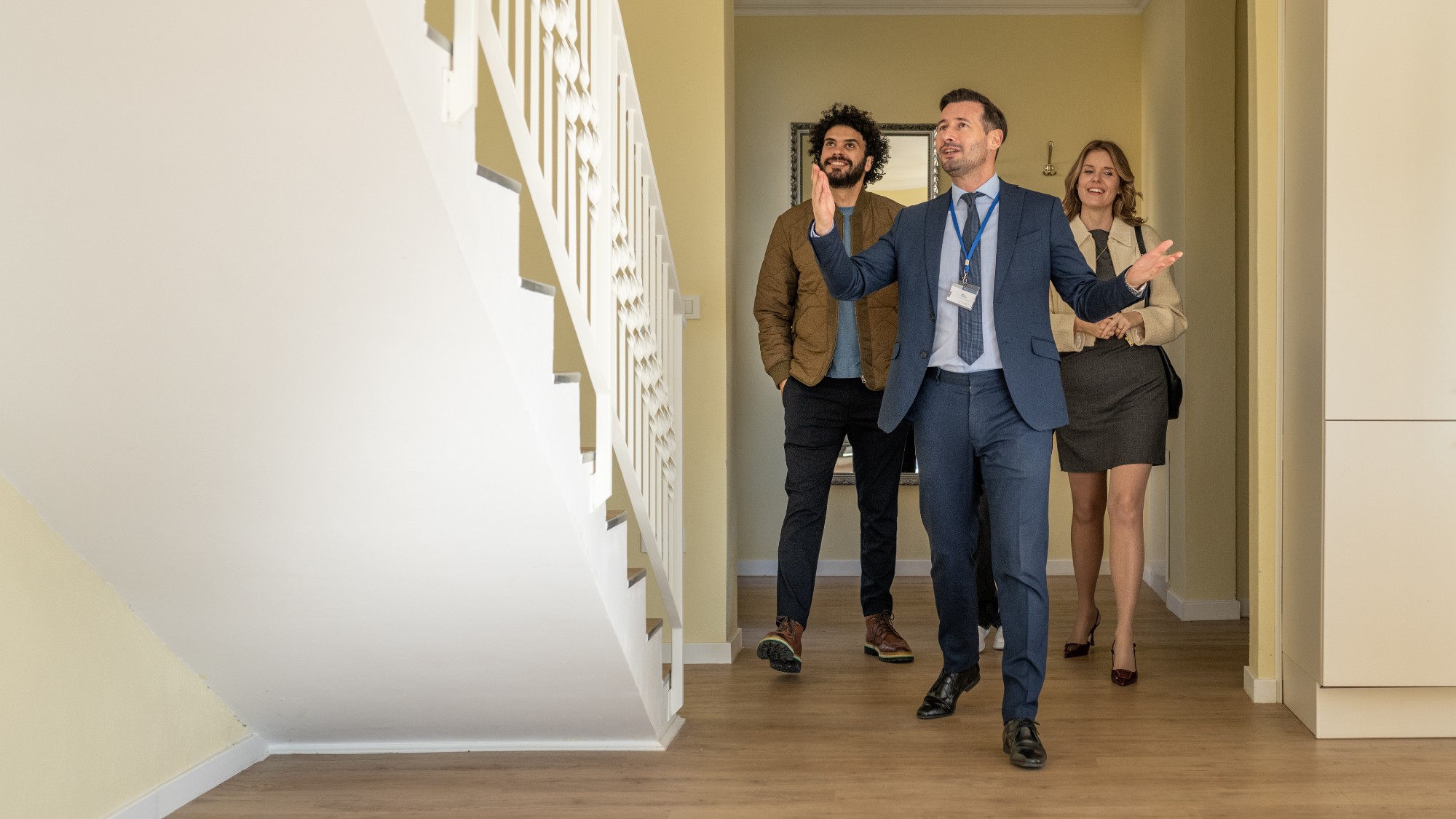 What should you look out for when buying a house?
What should you look out for when buying a house?The Explainer Avoid a case of buyer’s remorse
